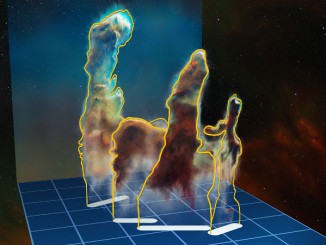
European Southern Observatory

Picture This
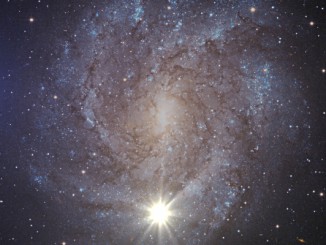
News
Thermonuclear supernova ejects Galaxy’s fastest star
Astronomers using the 10-metre Keck II and Pan-STARRS1 telescopes on Hawaii have discovered a Milky Way star travelling at a record 2.7 million miles per hour. Propelled by the thermonuclear detonation of a massive white dwarf companion, this hypervelocity star will escape the gravity of our Galaxy.
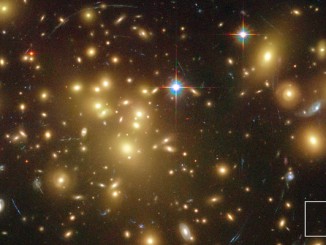
News

News
MUSE looks deeper into the universe than Hubble in 3-D
The MUSE instrument on ESO’s Very Large Telescope has given astronomers the best ever three-dimensional view of the deep universe. The new observations of the Hubble Deep Field South reveal the distances, motions and other properties of far more galaxies than ever before in this tiny piece of the sky.
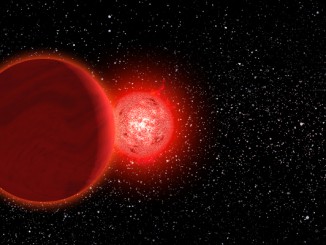
News

News
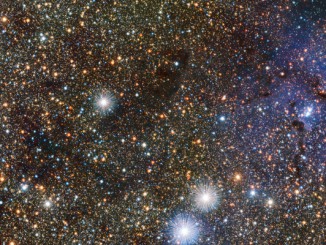
News
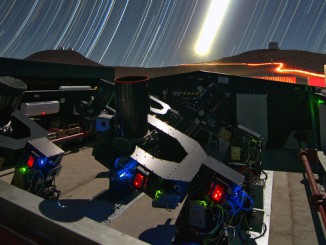
News
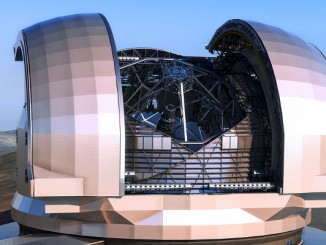
News
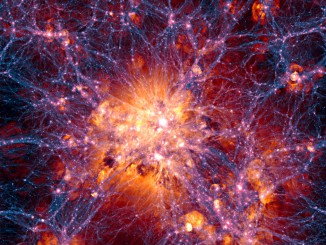
News
